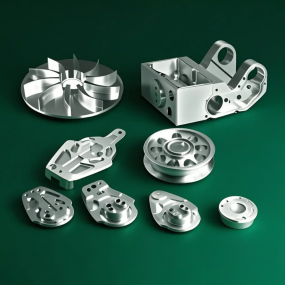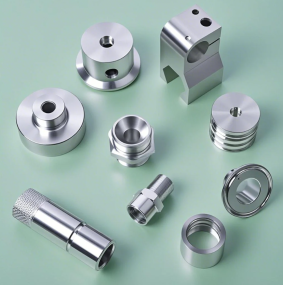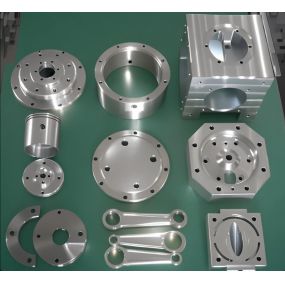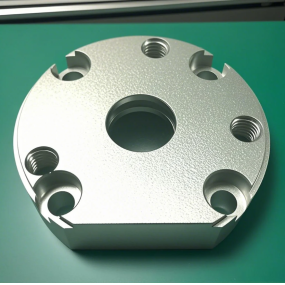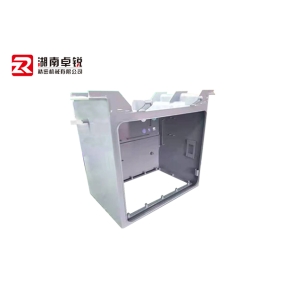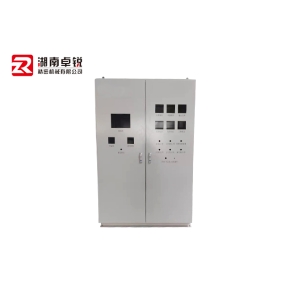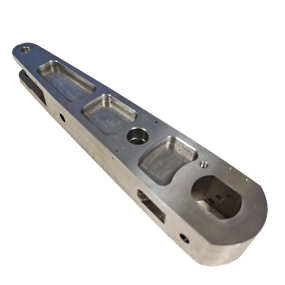Before designing a Metal Stamping mold, everyone must first grasp some data information: the material of the metal stamping part, such as the thickness, precision, raw materials, total width of the material, surface treatment, and the direction of the burrs. Information about stamping molds: whether they are produced in large quantities, mold styles, material feeding directions, and material guiding methods. The material of the mold and its cutting edge. Only after grasping the above data information, such as mold body style, specifications, mold handle size, stamping machine, specification labeling, drawings, equipment, etc., can the design work of metal stamping parts molds be more convenient.
When designing metal stamping parts molds, mature or standardized structures should be used as much as possible, with sufficient rigidity to achieve the specified service life and precision. The design scheme of metal stamping parts molds should be as simple and easy to use as possible, with rationality, convenience, simple and safe operation, easy flow of workpieces, precise positioning between parts, firm connections, and conducive to the production and processing of mold parts. The structure of metal stamping parts molds should be coordinated with equipment, the molds should be easy to install, and the replacement of spare parts should be convenient.
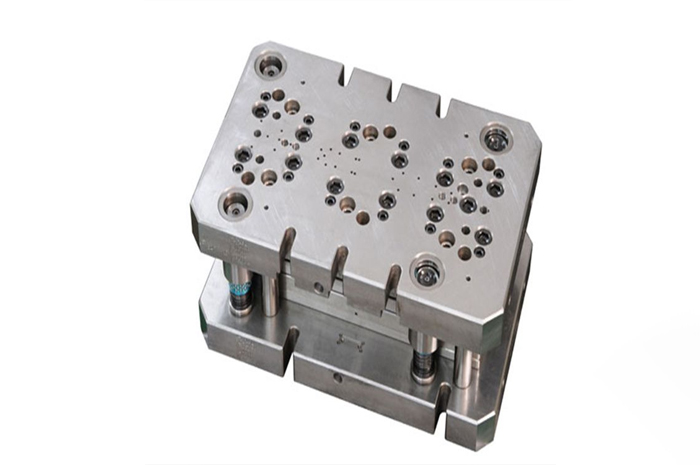
When designing metal stamping molds, a systematic perspective should be applied, clarifying the structure and part scheme of continuous molds from various aspects such as stamping and molds, emphasizing the effectiveness of practice, adapting to reality, establishing effective metal stamping mold design schemes, and considering the current conditions of mold manufacturing and stamping production.
The continuous mold construction of metal stamping parts is complicated, the design difficulty is high, the cost is high, and the time is long. Therefore, in the design of metal stamping parts molds, a scientific, meticulous, and practical attitude should be adhered to in analyzing and planning, striving for effective design schemes, convenient production and manufacturing, and meeting application requirements.


 Spanish
Spanish Arabic
Arabic French
French Portuguese
Portuguese Belarusian
Belarusian Japanese
Japanese Russian
Russian Malay
Malay Icelandic
Icelandic Bulgarian
Bulgarian Azerbaijani
Azerbaijani Estonian
Estonian Irish
Irish Polish
Polish Persian
Persian Boolean
Boolean Danish
Danish German
German Filipino
Filipino Finnish
Finnish Korean
Korean Dutch
Dutch Galician
Galician Catalan
Catalan Czech
Czech Croatian
Croatian Latin
Latin Latvian
Latvian Romanian
Romanian Maltese
Maltese Macedonian
Macedonian Norwegian
Norwegian Swedish
Swedish Serbian
Serbian Slovak
Slovak Slovenian
Slovenian Swahili
Swahili Thai
Thai Turkish
Turkish Welsh
Welsh Urdu
Urdu Ukrainian
Ukrainian Greek
Greek Hungarian
Hungarian Italian
Italian Yiddish
Yiddish Indonesian
Indonesian Vietnamese
Vietnamese Haitian Creole
Haitian Creole Spanish Basque
Spanish Basque

